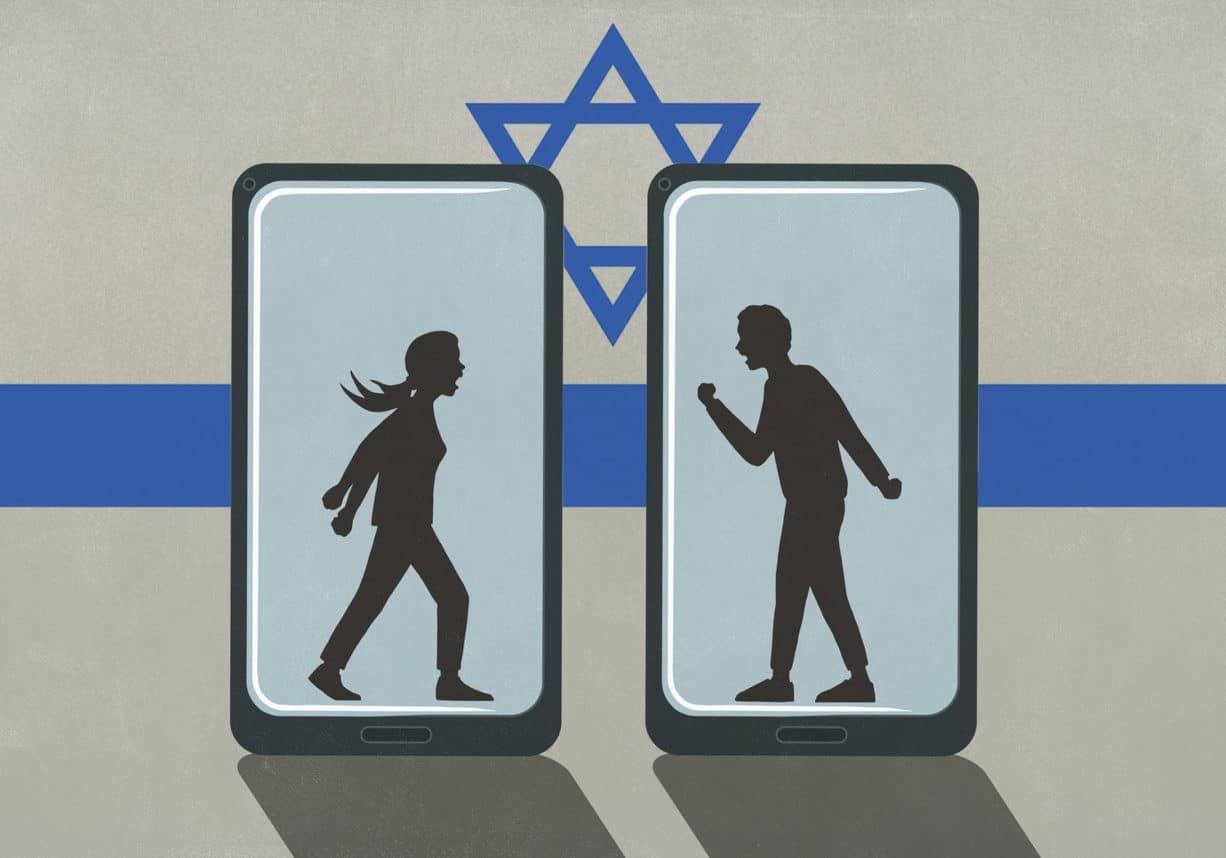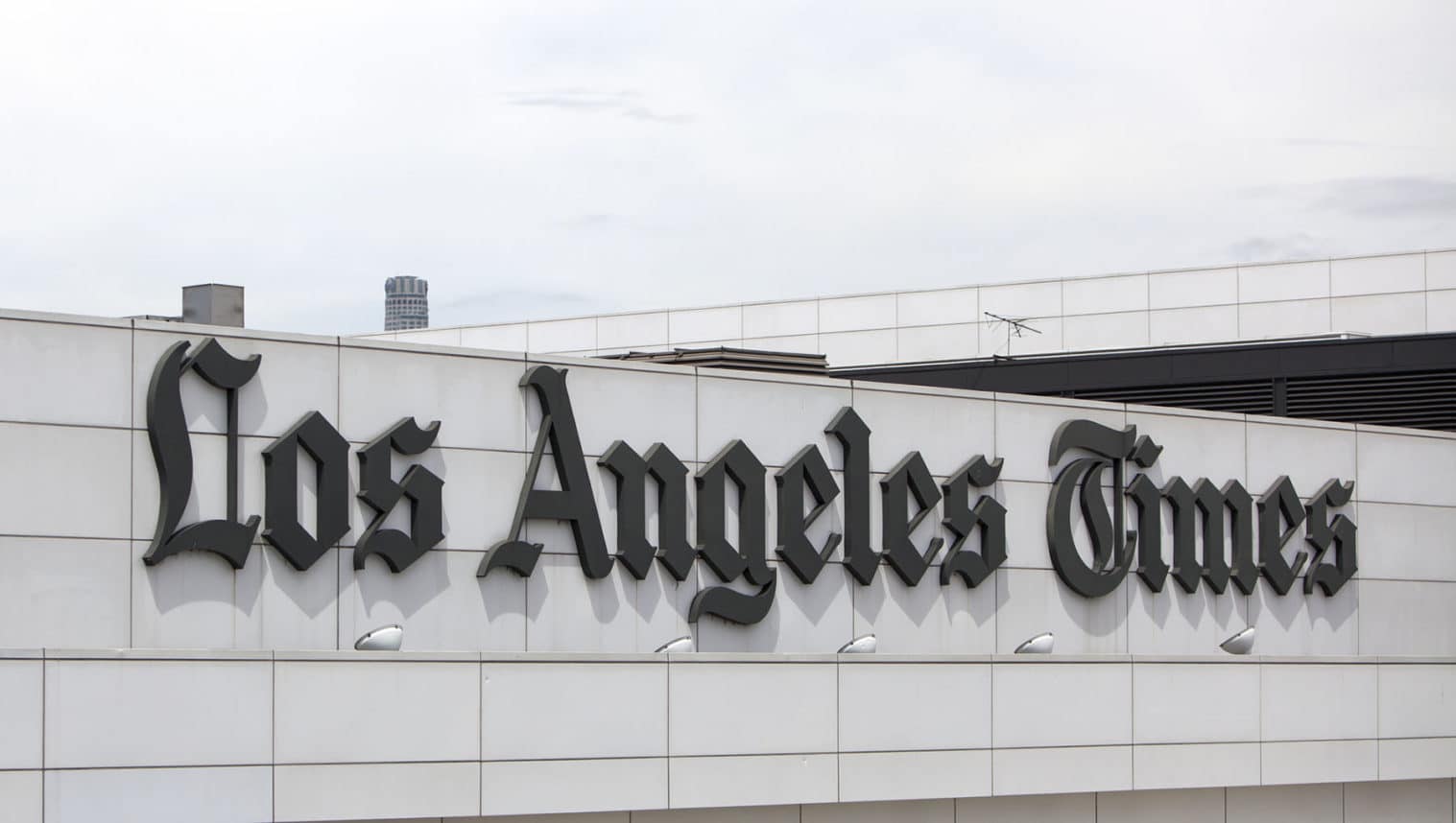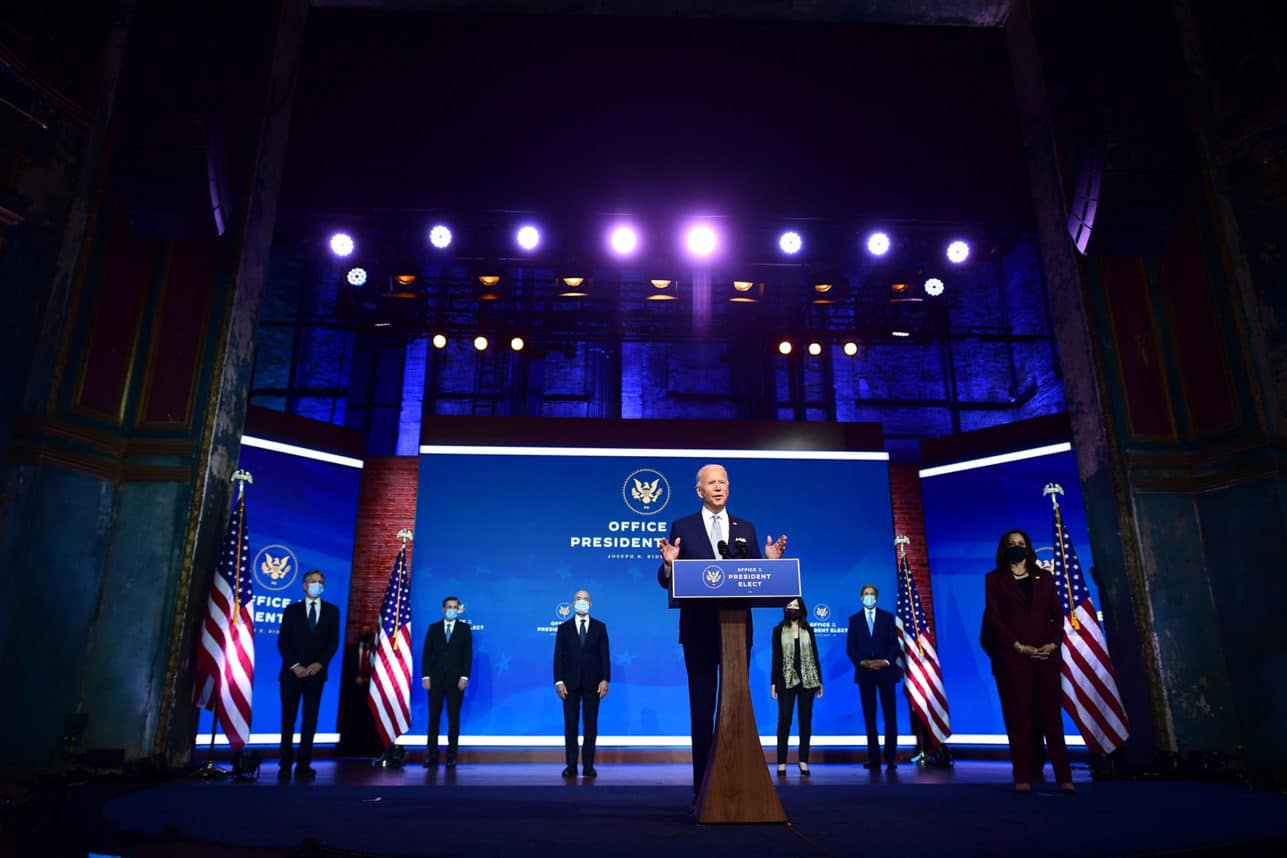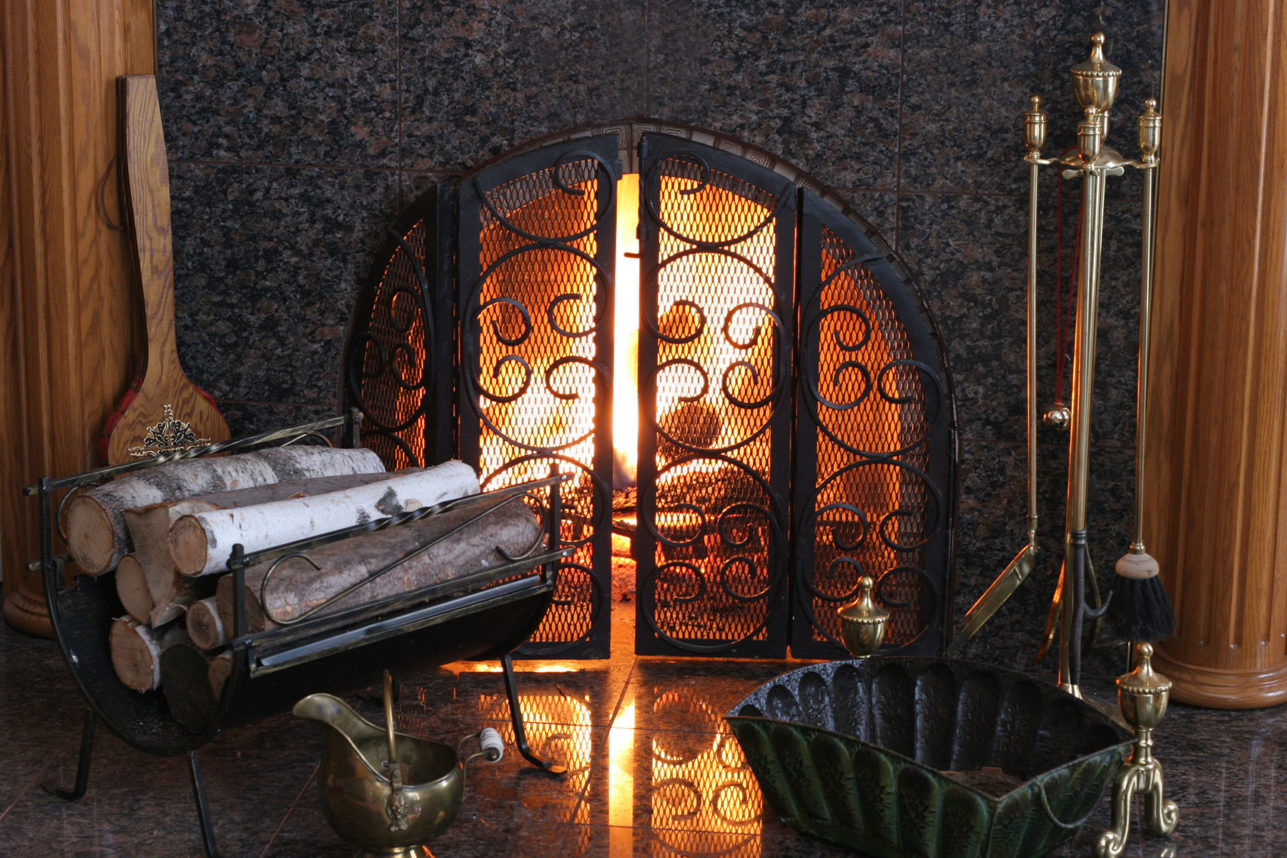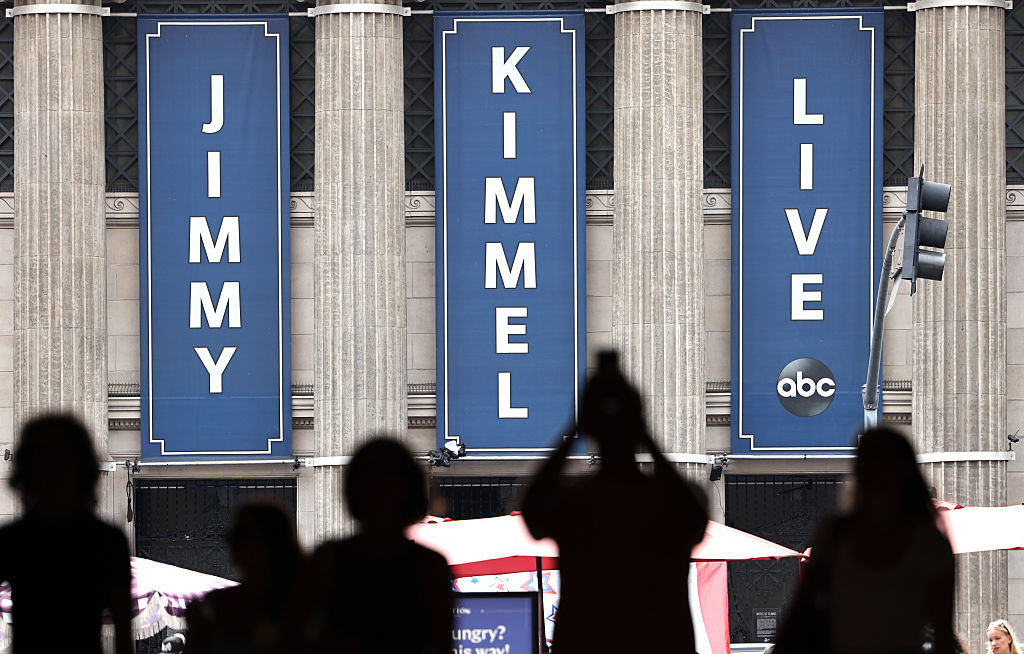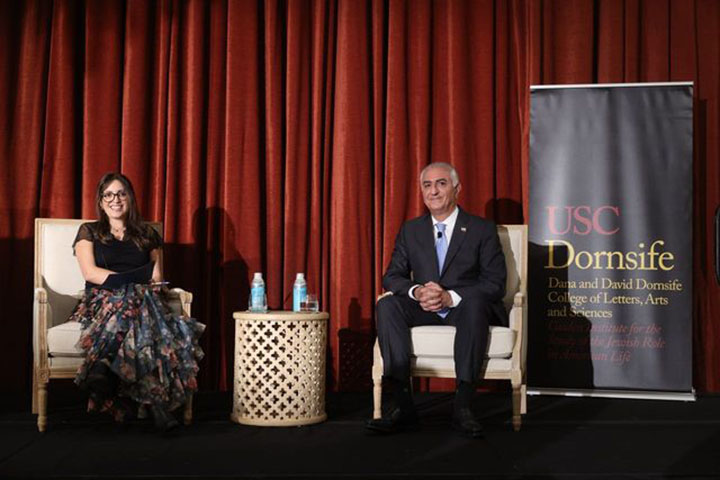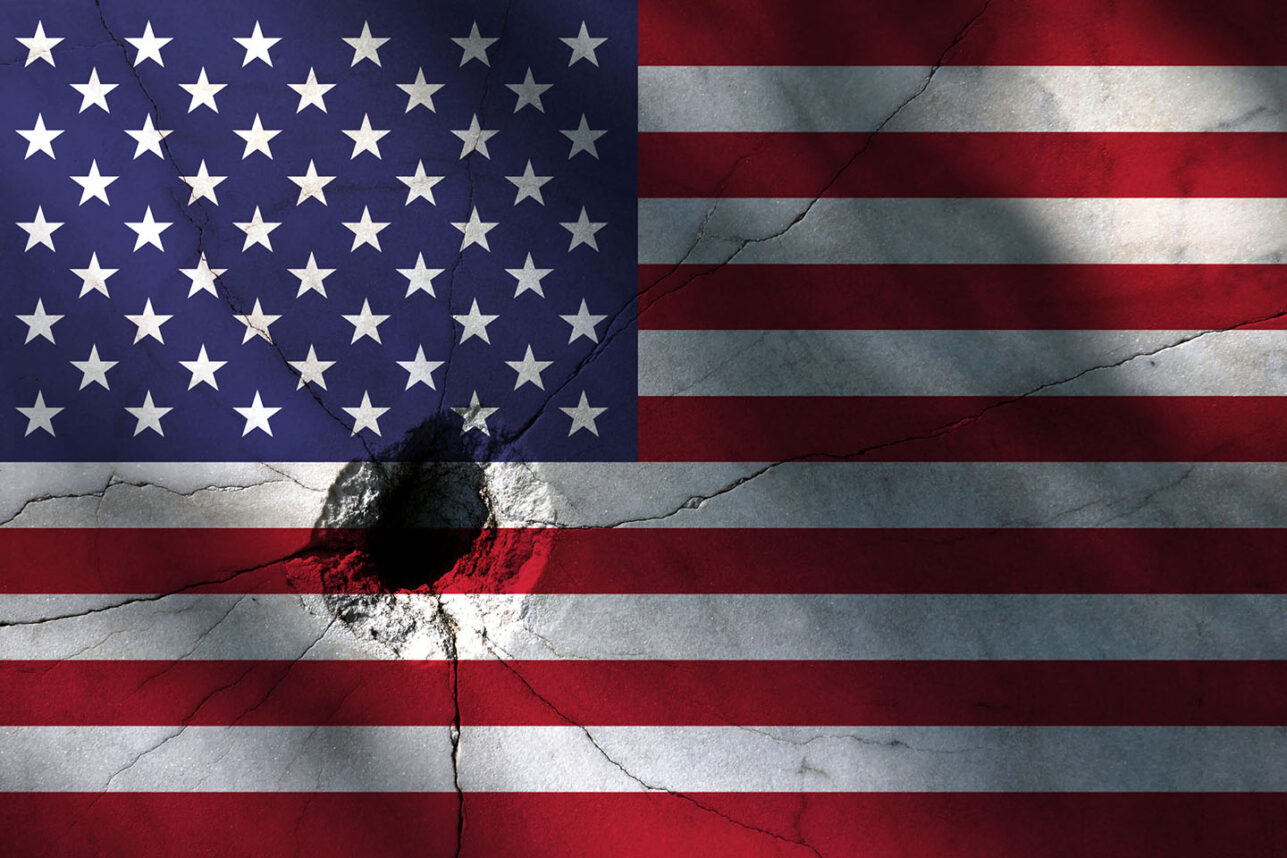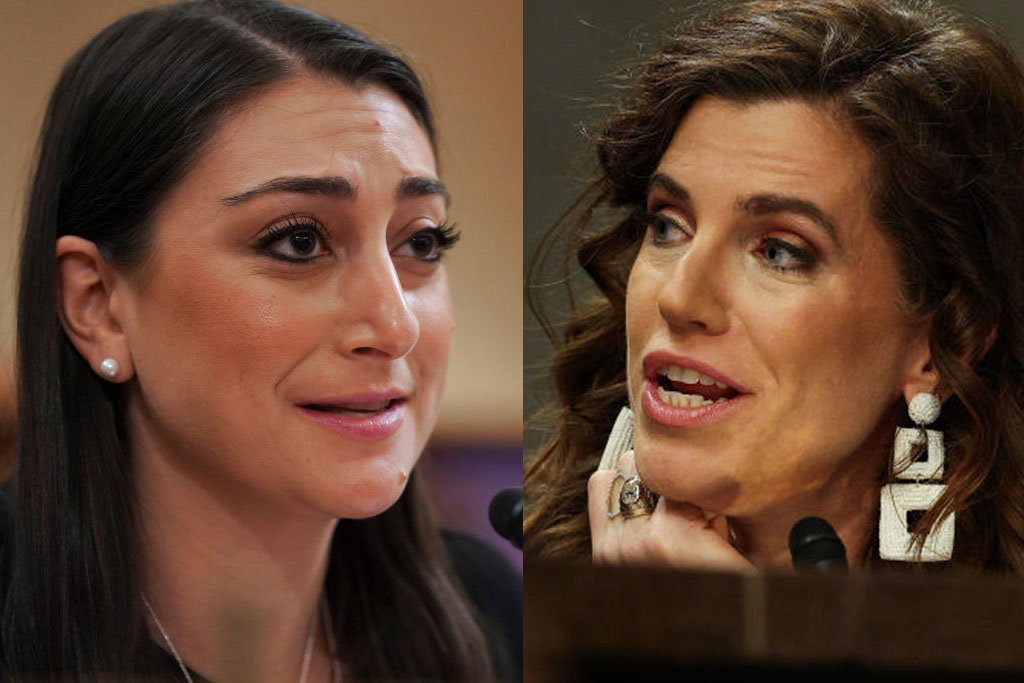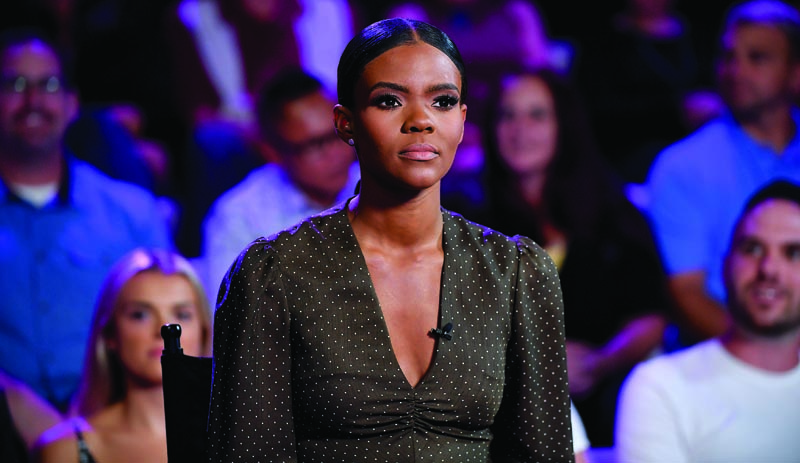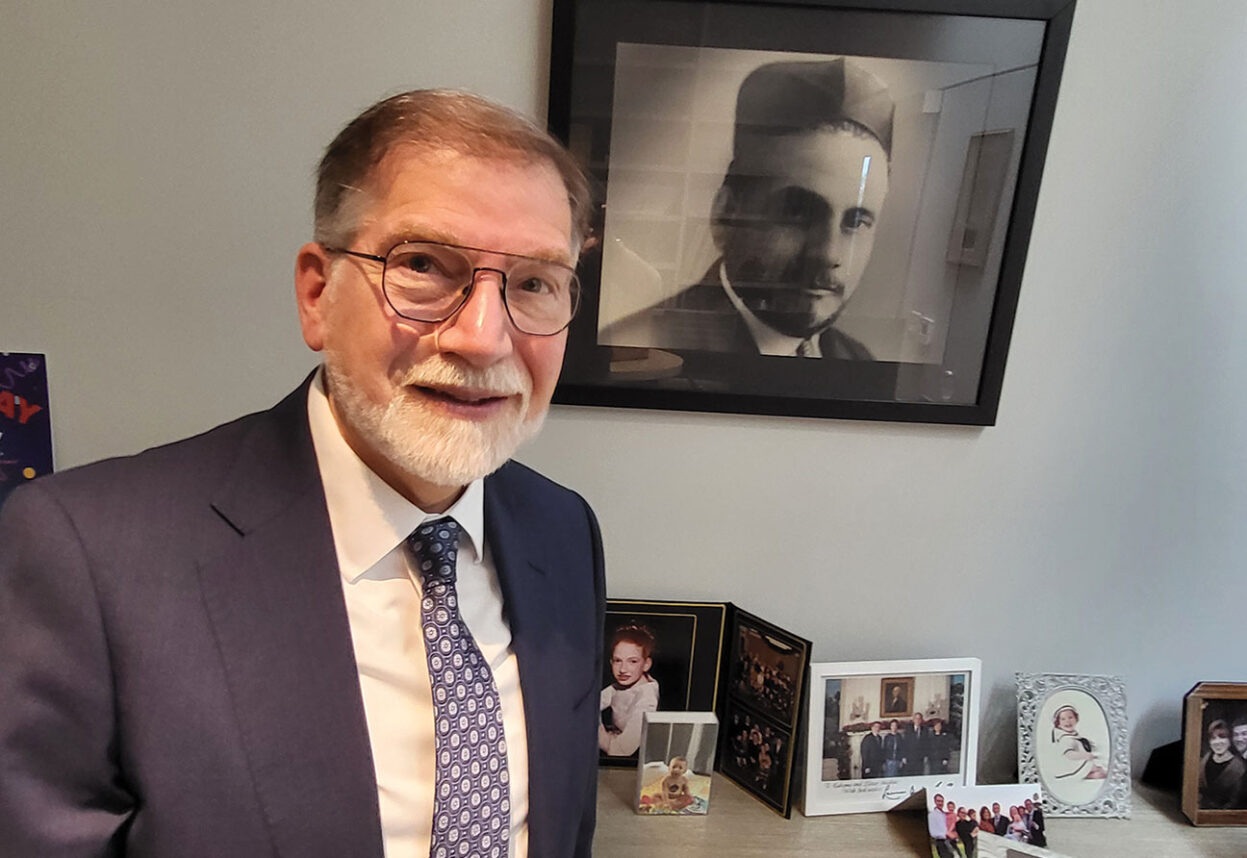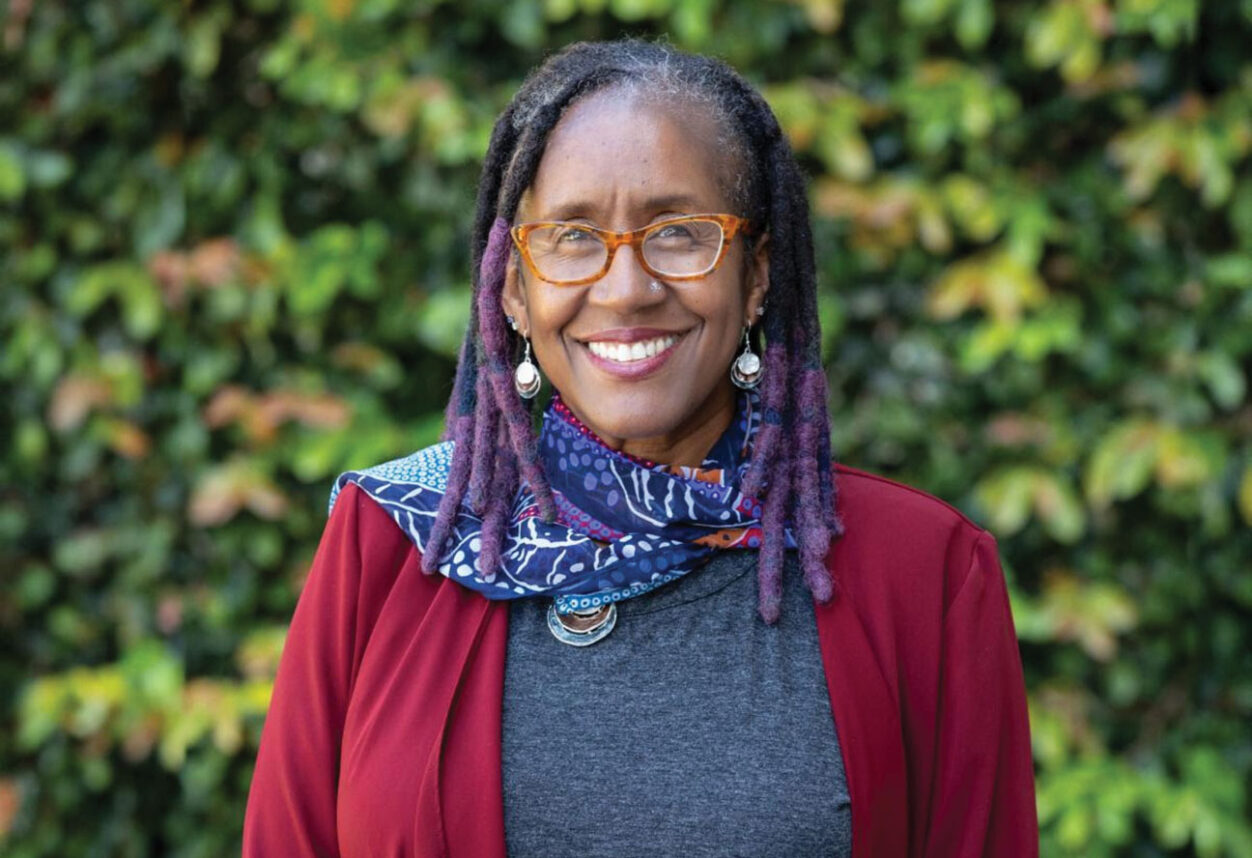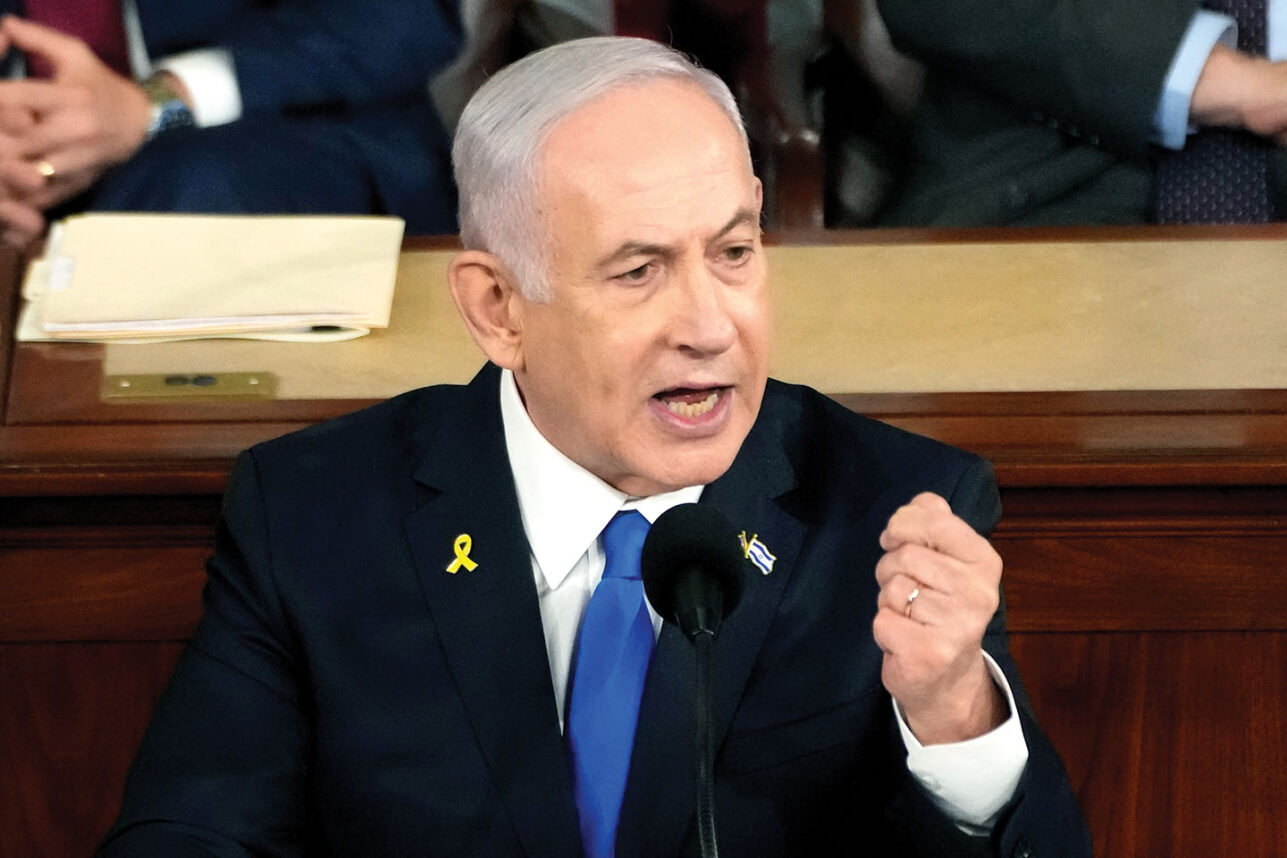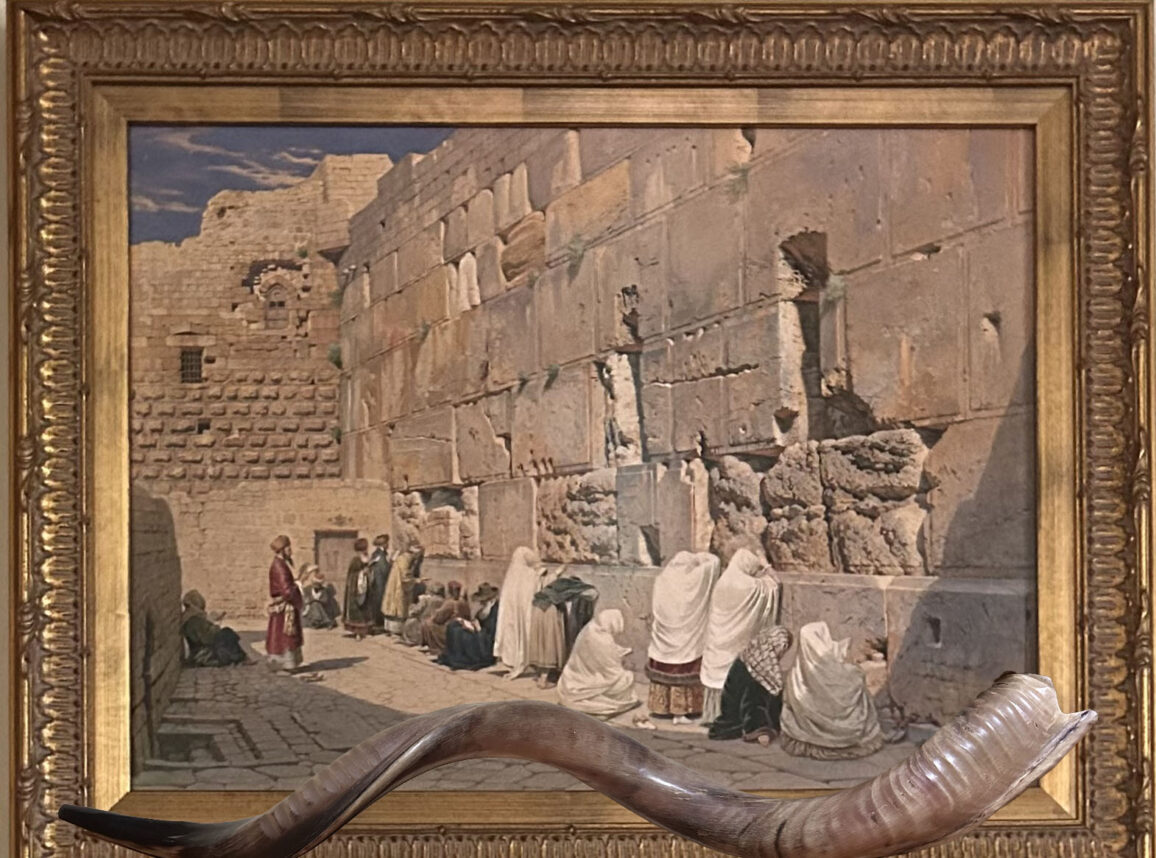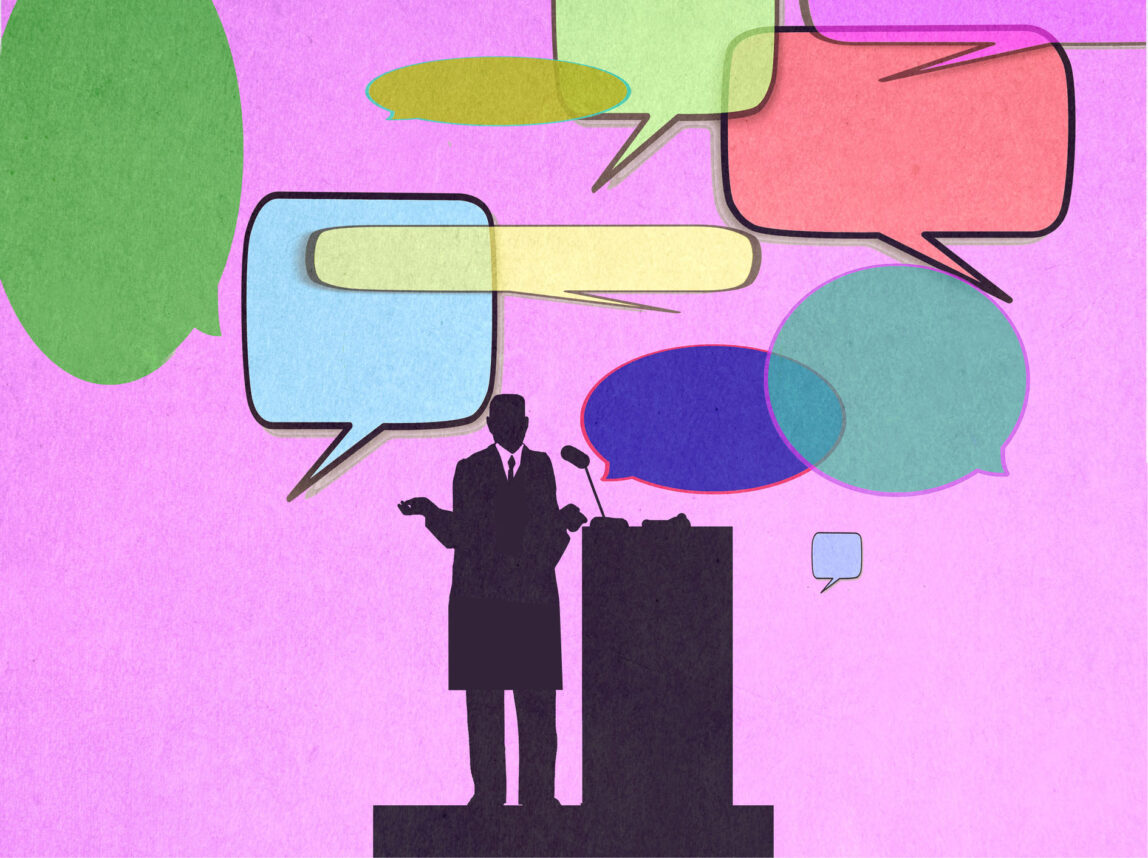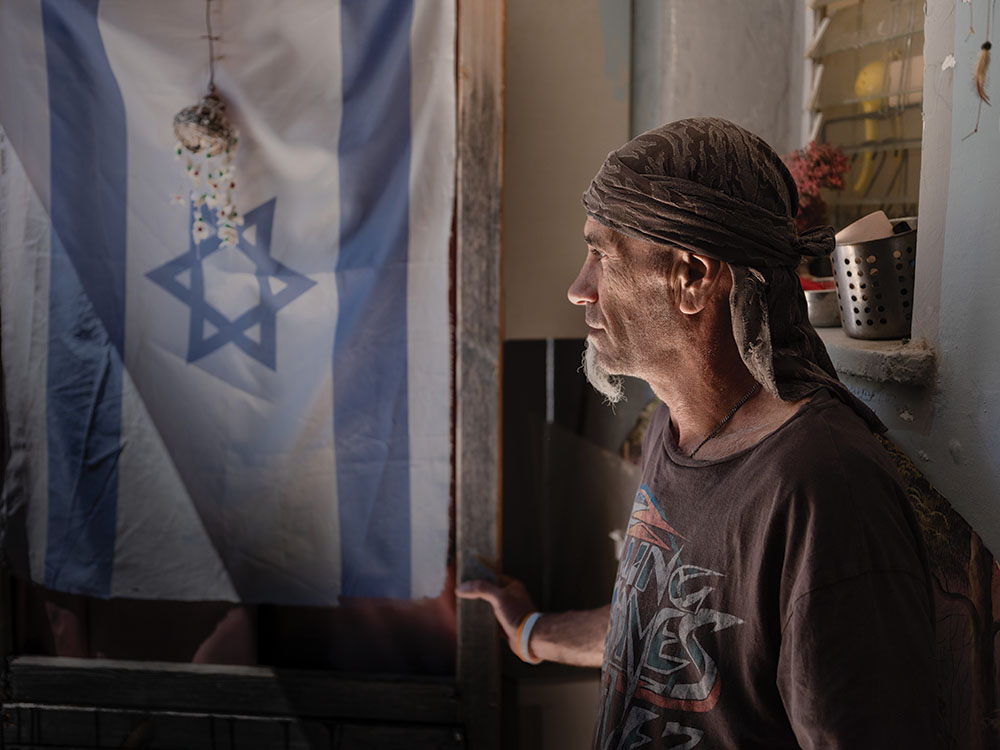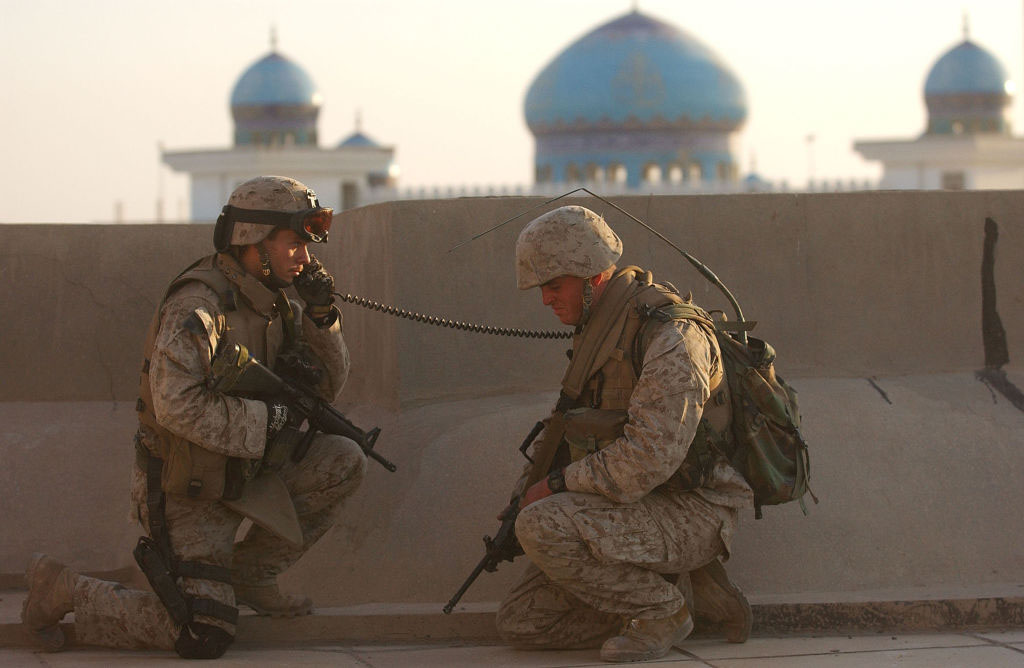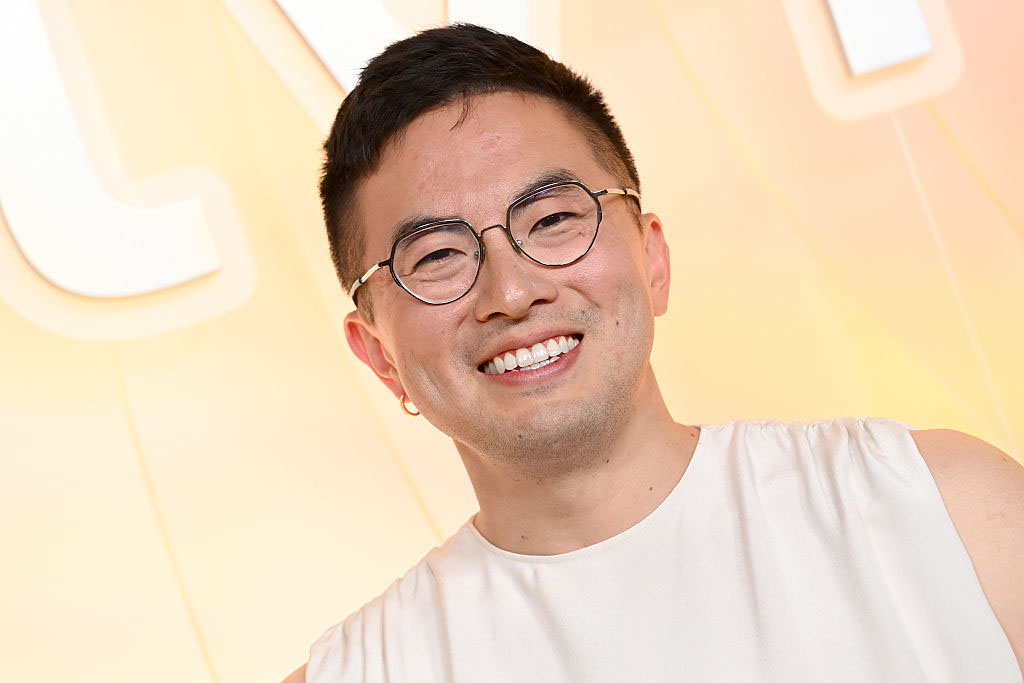It’s the fourth year of LimmudLA, but our local multi-denominational conference of Jewish learning—which originated in the United Kingdom in 1980—still has a distinctly British accent.
Left to their own devices, the American Jews at LimmudLA this weekend might mistakenly use long vowels to pronounce the conference’s name. Luckily there are enough people who speak the Queen’s English here in Costa Mesa to keep us Yanks from calling it, “Lee-mood.” (As far as I can tell, it’s “Li” as in “lip”; to get the “mmud,” think of how you’d say the first half of the word “murder” without emphasizing either r.)
And the British influence is apparent—perhaps most notably after Friday night dinner, when a couple hundred people crammed into a conference room after dinner to hear from Clive Lawton, Limmud’s Senior Consultant.
In his hour-long talk, Lawton said that for most of the second half of the 20th century, America and Israel had dominated the discourse about the future of Judaism and ignored European Jewry. Israel put forward a “nationalization” model for Judaism—the religion would be taken care of by central authorities—while America pushed its highly individualistic model in which any practice, no matter how unusual, could be called Jewish, and no authority had the right to call someone’s Jewishness into question.
Both models, Lawton said, had been shown to be wanting in the 1990s. A study of Israeli youth showed how little they knew about Judaism and a demographic assessment of American Jews showed how few Jews identified strongly with the Jewish people. Two separate crises of confidence ensued.
At the very moment that these two loud voices were realizing that their models had been constructed on shaky ground, Lawton said, Americans and Israelis also began to notice that Jews were living—and in some cases thriving—in Europe. The place that Israelis and Americans had treated exclusively as a Jewish graveyard (March of the Living) or dismissed as a place that would never be hospitable to Jews had developed what Lawton called “green shoots.” It’s now home to 3.5 million Jews.
The Europeans had managed not by model but by muddle—in Lawton’s words, by “fudging.” Lawton invited the largely American audience to look at Europe, but not to test the model. There wasn’t really a model to test. He did, however, suggest that they consider the muddle when thinking about how the Jewish future.
The message didn’t necessarily get through, though. The first question from the audience: Anti-Semitism in Europe is really bad, right?

